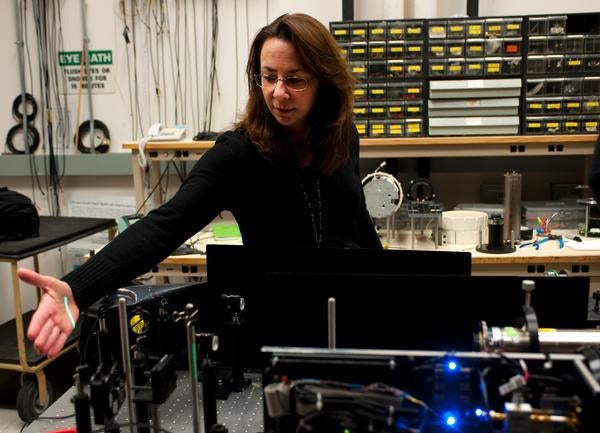
Engineers from the Naval Air Warfare Center Aircraft Division (NAWCAD), Dr Linda Mullen and Alan Laux, have developed and demonstrated a new method to enhance the performance of underwater imaging systems in cluttered water.
The new approach for underwater optics involves encoding a laser with a radar signal for improved image quality, which could enhance fleet activities, such as detecting underwater mines and seafloor mapping.
Mullen said that the laser has been programmed with information about how it scans the object.
"The light reflecting off the object and the surrounding environment contains all the information needed to accurately create an image," Mullen said.
An imaging system was modified to place the transmitter and receiver on separate platforms when compared with traditional underwater laser imaging system, which comprises a transmitter and receiver on the same platform.
The remote receiver, which could be airborne, shipboard or on another underwater stand, translates the radar-encoded laser light information collected wirelessly from the transmitter, while the image processor will decode the digitised signal into an image.
The separate platform approach can also be used aboard a smaller platform, allowing the light source to get closer to the object without stirring much sediment.
With fewer limitations in shallow water than traditional sonar, the underwater laser imaging can approach objects from a single direction.
Currently, NAWCAD is seeking industry partners to help in the commercialisation of the new technology.
Recently, Maryland law enforcement officials have expressed interest in the new technology, following its testing, to support search and recovery missions.
Image: Dr Mullen demonstrates the use of laser in underwater optics. Photo: courtesy of US Navy.




